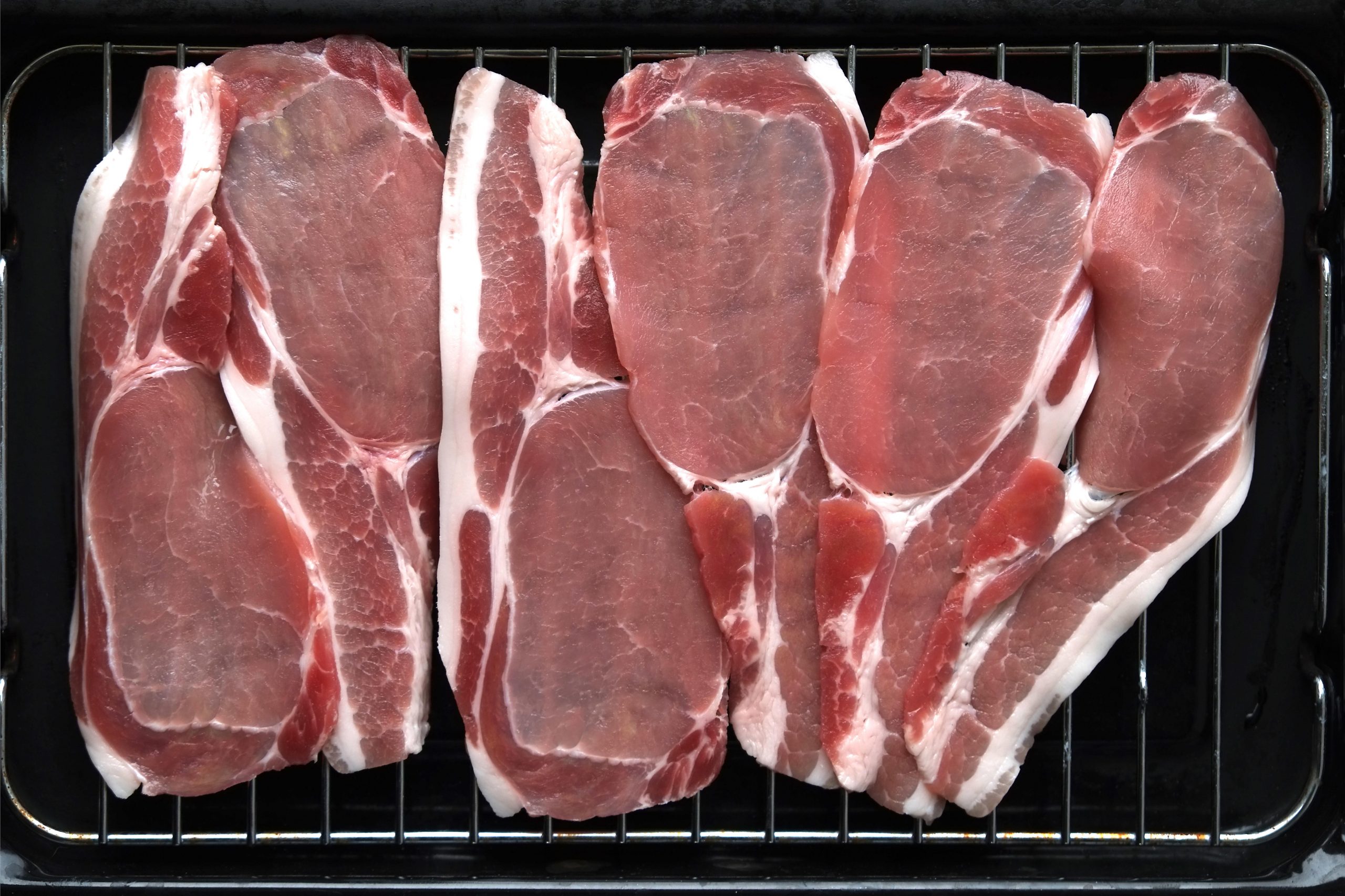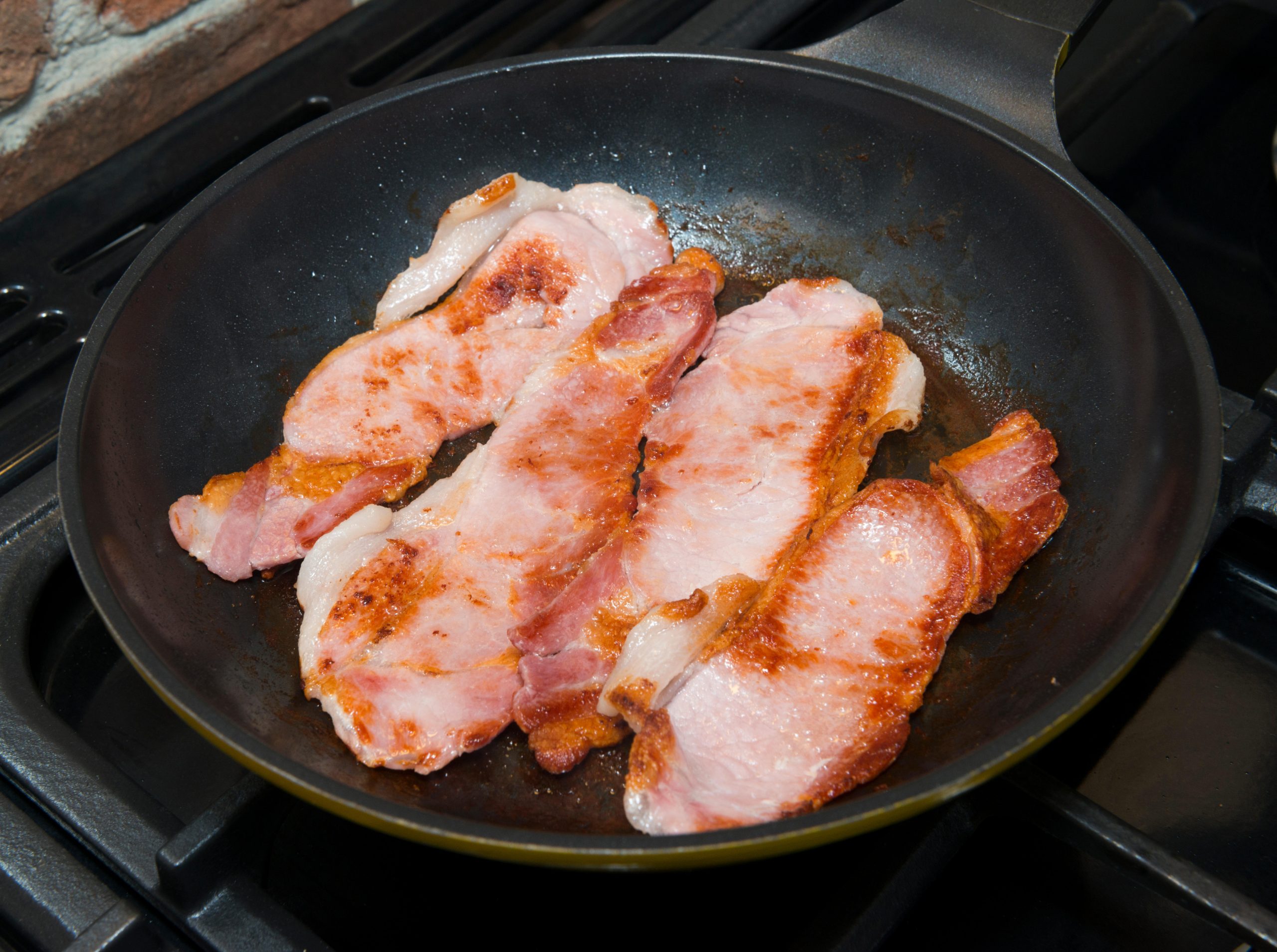People have been left fascinated after discovering why bacon is sometimes green.
From its sizzling aroma to its crispy texture, bacon holds a cherished place on breakfast plates.
But for many bacon eaters, there’s a downside to the delicious food item.
Once in a while, raw bacon looks anything but appealing – and now, the internet has discovered why bacon is sometimes green.
Related Article: People Are Disturbed After Realising How Black Pudding Is Made
Related Article: TV Viewers Sickened After Watching Show About ‘Human Meat’
Have you ever opened a package of bacon only to find it has an unexpected green hue?
It’s happened to the best of us – and it can be tempting to toss the spoiled-looking meat away.
But now, the internet has discovered the reason it occasionally has a verdant hue and it has left people baffled…

One person jokes: “Dr Seuss better keep his hands off my bacon!”
A second queries: “Isn’t it a kind of iridescence, not actually green but a green glow like on some bird’s feathers?”
“I’m just not going to eat green bacon and that’s it!” declares a third.
While initially startling, don’t fret – your bacon likely isn’t spoiling before your eyes.
The phenomenon of green bacon can puzzle even seasoned cooks but fear not, it’s not necessarily a sign of impending food poisoning.
Let’s delve into the curious case of why bacon occasionally turns green and what it means for your breakfast plans.

In the realm of meat preservation, bacon reigns supreme.
Its ability to stay edible for extended periods, even without refrigeration, is owed to its high salt content and a centuries-old curing process involving a chemical called nitrate.
However, it’s this very process that can sometimes lead to the unexpected appearance of green hues.
When nitrate reacts with a protein in the meat called myoglobin, it can cause pigments in the bacon to shift from red to green.
Dubbed ‘nitrate burn’ by a team of researchers in Oklahoma, this chemical reaction is a natural consequence of the preservation process.
Related Article: People Are Only Just Realising That Red Juice In Rare Steak Isn’t Blood
Related Article: People Refuse To Eat Sliced Ham After Finding Out How It’s Made
The BBC notes that nitrates are ‘fairly inert, which means they’re ‘unlikely to get involved in chemical reactions in the body. But nitrites, and the chemicals formed from them, are much more reactive’.
Nitrites can either turn into nitric oxide, which is beneficial for the body, or nitrosamines, which can be harmful.
A high intake of processed meats, however, may increase the risk of cancer in the digestive tract. Some believe that nitrates and nitrites involved in the process of preserving these meats may be the reason for the increased risk, though this hasn’t been proven to be true, per Healthline.
However, there are instances where caution is absolutely warranted.
If your bacon turns grey or develops green spots beyond the norm, it’s advisable to discard it.
Additionally, any signs of sliminess or off odours should prompt you to err on the side of caution.
Bacon brand Coleman explains that there are four key signs to watch for indicating spoilage:
- Unusual Odor: Fresh bacon should have a smoky scent, not a sour or sulfuric odour, which indicates bacterial, yeast, or fungal contamination.
- Sliminess: Safe bacon feels soft but firm; if it’s slimy, bacterial colonisation is likely and it should be discarded.
- Discolouration: Spoiled bacon may turn grey or brown due to bacterial or fungal growth, indicating spoilage.
- Mould Growth: Visible mould indicates spoilage; attempting to salvage mouldy portions is not recommended as unseen fungi may have spread throughout the bacon.

Ultimately, while green bacon might seem like a culinary sci-fi twist, it’s often a harmless quirk of the curing process and safe to eat in moderation.
However, it’s always wise to trust your instincts – if something about your bacon seems off, it’s better to skip it and opt for an omelette instead.
After all, breakfast should be a joy, not a gamble with questionable meats.
Do you have a story for us? If so, email us at [email protected]. All contact will be treated in confidence.






